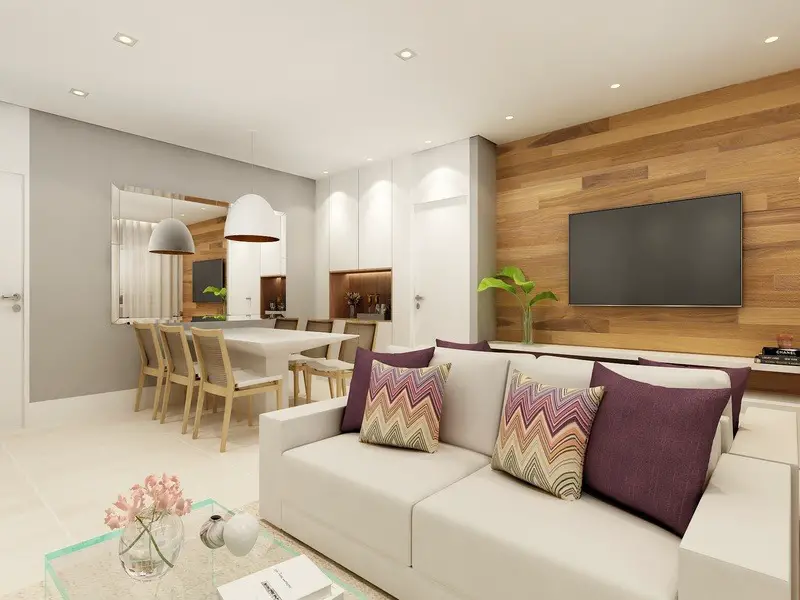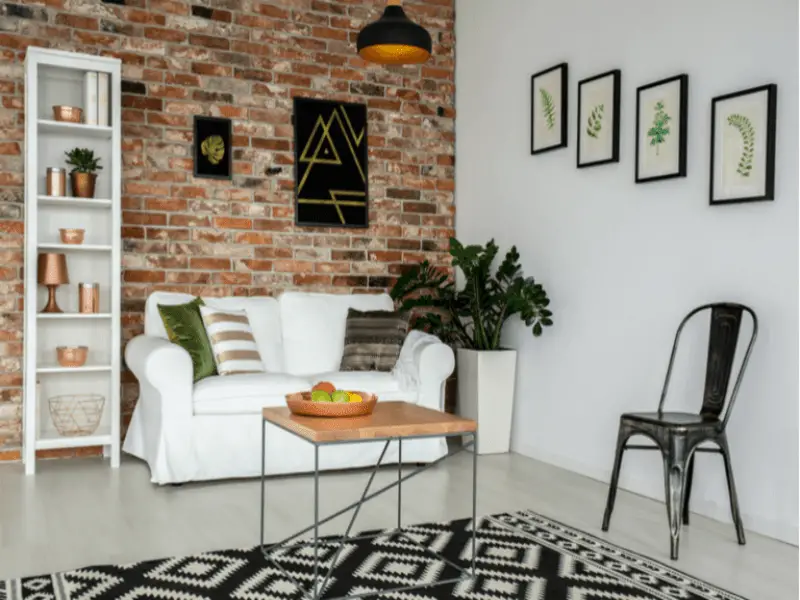Interior design is the art and science of enhancing the interior of a building to achieve a healthier and more aesthetically pleasing environment for the people using the space. Interior design has a rich history that has evolved over the centuries. This article will explore the history of interior design from antiquity to today.
Introduction
Interior design has been a part of human history for thousands of years. From the earliest civilizations to modern times, people have always sought to create beautiful and functional living spaces. Over time, different cultures and eras have produced unique styles and approaches to interior design. Understanding the history of interior design can give us a better appreciation of the beauty and significance of the spaces we inhabit today.
Antiquity
Ancient Egypt
The ancient Egyptians were one of the first cultures to develop a sophisticated approach to interior design. They believed that the design of a space could influence the mood and behavior of its inhabitants. Egyptian homes and temples were often decorated with intricate paintings, sculptures, and textiles. Furniture was typically made from wood or stone and adorned with gold and precious stones.
Ancient Greece
In ancient Greece, interior design was closely linked to architecture. Greek homes were designed to be functional as well as beautiful, with an emphasis on symmetry and proportion. Furniture was often made from bronze or marble and featured intricate carvings and designs. Greek interiors were also decorated with murals and frescoes depicting scenes from mythology.
Ancient Rome
The Romans continued the Greek tradition of integrating architecture and interior design. Roman homes were often built around a central atrium, which was open to the sky and served as a gathering place for the family. Roman furniture was typically made from wood or bronze and was designed to be both beautiful and practical. Interior walls were adorned with frescoes and mosaics depicting scenes from everyday life.
The Middle Ages
Byzantine Empire
The Byzantine Empire was known for its opulent and intricate interior design. Byzantine homes and palaces were decorated with gold leaf, mosaics, and elaborate frescoes. Furniture was often made from precious materials such as ivory and mother-of-pearl. The Byzantines also developed a unique style of architecture that featured domes and arches.
Islamic World
The Islamic world also made significant contributions to interior design. Islamic homes and palaces were often decorated with intricate tile work, calligraphy, and geometric patterns. Furniture was typically made from wood or metal and featured intricate carvings and designs. Islamic interiors were designed to be both beautiful and functional, with an emphasis on creating comfortable spaces for relaxation and socializing.
Gothic Architecture
During the Middle Ages, Gothic architecture emerged as a dominant style in Europe. Gothic interiors were characterized by their grandeur and ornate decoration. Gothic architecture featured ribbed vaults, pointed arches, and stained glass windows. Gothic interiors were often decorated with tapestries, wood carvings, and elaborate furniture. The focus was on creating a sense of awe and reverence, particularly in religious spaces like cathedrals.
The Renaissance
Italian Renaissance
The Renaissance was a time of great artistic and cultural achievement in Europe. In Italy, the Renaissance saw a renewed interest in classical architecture and design. Renaissance interiors were characterized by their symmetry, proportion, and attention to detail. Italian Renaissance homes and palaces were often decorated with frescoes, marble statues, and ornate furniture.
French Renaissance
The French Renaissance saw a more ornate and decorative style of interior design emerge. French Renaissance interiors featured elaborate moldings, wood paneling, and tapestries. Furniture was often made from richly carved wood and featured ornate upholstery. French Renaissance interiors were designed to be luxurious and comfortable, with an emphasis on entertaining guests.
The Baroque and Rococo Period
The Baroque and Rococo periods saw a further elaboration of the ornate and decorative styles of the Renaissance. Baroque interiors featured grandeur and opulence, with a focus on creating a sense of drama and movement. Rococo interiors, on the other hand, were characterized by their lightness and delicacy, with a focus on creating playful and whimsical spaces. Both styles featured elaborate ornamentation, including gilt mirrors, chandeliers, and intricate plasterwork.

The 19th Century
Victorian Era
The Victorian era saw a revival of historic styles, particularly Gothic and Rococo. Victorian interiors were often characterized by their ornate decoration and eclectic mix of styles. Furniture was typically made from heavy, dark wood and featured intricate carvings and upholstery. Victorian homes were often decorated with tapestries, paintings, and other works of art.
Art Nouveau
Towards the end of the 19th century, a new style emerged that sought to break away from historicism and embrace the modern era. Art Nouveau was characterized by its sinuous lines, organic forms, and emphasis on natural materials. Art Nouveau interiors featured stained glass windows, floral motifs, and decorative ironwork.
The 20th Century
Art Deco
Art Deco emerged in the 1920s and 1930s as a reaction against Art Nouveau. Art Deco interiors were characterized by their geometric forms, bold colors, and use of industrial materials. Art Deco furniture featured sleek, streamlined designs and often incorporated metal and glass.
Mid-Century Modern
Mid-century modern emerged in the post-war era as a reaction against the ornate and decorative styles of the past. Mid-century modern interiors were characterized by their clean lines, simple forms, and use of natural materials like wood and leather. Furniture featured simple, functional designs and often incorporated new materials like plastic and fiberglass.
Postmodernism
Postmodernism emerged in the 1970s and was characterized by its rejection of modernism and embrace of eclectic styles and cultural references. Postmodern interiors featured a mix of styles, materials, and forms, often with a sense of irony and humor. Furniture designs ranged from minimalist to ornate, with a focus on creating unique and playful spaces.
Contemporary Interior Design
Contemporary interior design is characterized by its focus on simplicity, functionality, and sustainability. Contemporary interiors often feature an open floor plan, natural light, and a neutral color palette. Furniture designs are sleek and minimal, with an emphasis on using environmentally friendly materials such as bamboo, recycled plastic, and reclaimed wood. Technology is also a key element in contemporary interior design, with a focus on integrating smart home systems and energy-efficient appliances.
Conclusion
The history of interior design is a rich and varied one, reflecting the cultural, social, and economic changes of each era. From the simplicity of ancient Egyptian design to the opulence of the Baroque period, interior design has always been a reflection of the times. Today, contemporary interior design continues to evolve, with a focus on sustainable, functional, and technology-driven spaces.
FAQs
1 What is the oldest style of interior design?
The oldest style of interior design is ancient Egyptian design, which dates back to around 3000 BC.
2 What is Art Nouveau?
Art Nouveau is an artistic style that emerged in the late 19th century, characterized by its sinuous lines, organic forms, and emphasis on natural materials.
3 What is the difference between Art Deco and Art Nouveau?
Art Deco emerged in the 1920s and 1930s as a reaction against Art Nouveau. Art Deco interiors were characterized by their geometric forms, bold colors, and use of industrial materials, while Art Nouveau interiors were characterized by their sinuous lines, organic forms, and emphasis on natural materials.
4 What is mid-century modern design?
Mid-century modern design emerged in the post-war era as a reaction against the ornate and decorative styles of the past. It is characterized by its clean lines, simple forms, and use of natural materials like wood and leather.
5 What is contemporary interior design?
Contemporary interior design is characterized by its focus on simplicity, functionality, and sustainability, with an emphasis on using environmentally friendly materials and integrating technology into the design.




